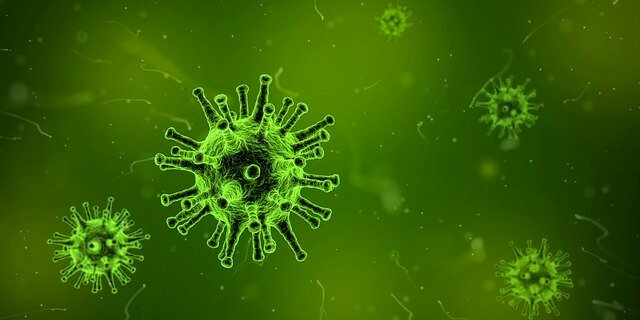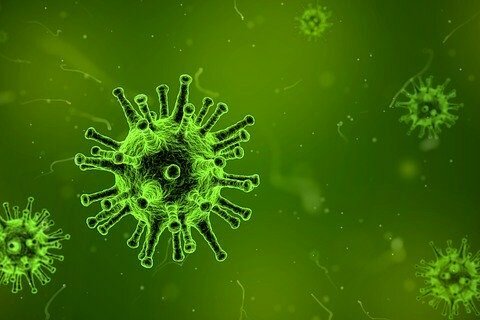Posts in Category: Pharmaceutical
Ask the Expert: Mittelschmerz – Pain between periods

What is it?
Severe midcycle pain and/or cramping during ovulation. Ovulation usually occurs about 2 weeks after the 1st day of your last period. Mittelschmerz occurs during ovulation when an egg is released by the ovaries into the fallopian tube. For about 20% of women this causes severe pain and cramps on one side of the lower abdomen. Although the pain may feel like something serious is wrong, midcycle pain or cramps – Mittelschmerz is rarely serious.
Some women feel pain in the abdomen or pelvis. Some women don’t feel anything when an egg is being released from an ovary. Other women may feel discomfort or pain off and on or constantly.
You may feel pain in the pelvis that can range from a sense of discomfort or a mild twinge to severe pain the mimics appendicitis. It usually lasts a short period of time, from a few minutes to hours. It often is felt in the lower abdomen or pelvis, either in the middle or on one side. If the pain is severe, you may even have nausea.
How is it diagnosed?
It is usually easy to recognize because its timing is so characteristic. Your health care provider will be able to determine that you are experiencing pain from ovulation based on your menstrual cycle, the location and description of your pain, and the results of an abdominal and pelvic exam. It is important to let your health care provider know about any other symptoms, such as fever, vomiting, changes in urination or changes in your bowel movements or appetite.
Additional blood tests, X-rays, a pelvic ultrasound or a CT scan may be necessary if your pain is severe or if your health care provider notices any unusual findings on your physical exam, such as a very tender abdomen or pelvis or an enlarged ovary.
How do I take care of myself?
- Rest.
- Drink at least 8 glasses of water a day.
- Use a heating pad (try making a homemade tube sock heating pad), or take warm baths to ease the pain.
- Use over-the-counter anti-inflammatory drugs such as acetaminophen, Advil, or Aleve.
- Check your temperature several times a day to be sure you are not developing an infection.
- Call your health care provider if the pain is severe and these self-help tips do not ease your midcycle pain.
If you experience midcycle ovulation pain that lasts longer than 2 or 3 days, experience heavy bleeding, or have any unusual vaginal discharge call your health care provider. The longer episodes of pain may be due to lingering irritation from a small amount of bleeding, which sometimes happens when the egg is released.
What are the signs I might need emergency care?
- Vomiting blood.
- Blood in the stool.
- Increased pain.
- Faintness or dizziness.
- High fever.
- Difficult or painful urination.
- Swollen abdomen.
- Difficulty breathing.
How do I prevent it?
It usually is not necessary to prevent this mild, short-lived pain syndrome. Birth control pills prevent ovulation and can be used to prevent mid-cycle pain.
What is the treatment?
Painful ovulation is generally brief, so using medication for pain relief usually is not necessary, other than over-the-counter pain medicines.
What is the prognosis?
Pain during ovulation does not have any dangerous consequences.
Ask the Expert
Diana Jones, RNC, MSN, WHNP
Women’s Health Nurse Practitioner
BSU Women’s Center


Lasers May Reduce Addictive Behavior

Other research studies focus on the use of non-pharmaceutical biological treatments, such as laser lights, as a means of eliminating addictions. Researchers at the University of California-San Francisco discovered that exposing the prelimbic region of the brain to laser lights significantly reduces addictive behavior in cocaine-dependent rats. The study, which highlighted the importance of the prelimbic region in decision-making and behavioral flexibility, could help drive further research in humans.
I don’t know about you, but anything that involves lasers sounds pretty awesome. I picture a future where recovering persons arm themselves with a laser gun. Only this laser gun doesn’t harm others. On the contrary, the laser weapon is used whenever narcotic cravings arise. So once cravings begin, instead of acting on the desire, recovering people shoot themselves with laser guns. Where do I sign up?
Combining Technologies with Psychologial Therapies
Although many interesting biological treatments are currently in development, it’s important to remember that most biological treatments for substance addiction require the additional support of psychological therapies, such as counseling. The National Institute of Drug Abuse and the Substance Abuse and Mental Health Services Administration recognize this and collaborate on products to assist substance abuse treatment programs in implementing technology-assisted care, which uses computerized systems to support in-person, clinician-provided approaches.
Computer-Based Training for Cognitive Behavioral Therapy (CBT4CBT), designed by Kathleen Carroll and her colleagues at Yale University, is just one example of technology-assisted care currently in development. This web-based program teaches a range of cognitive behavioral therapy skills specific to substance addiction reduction through movies and examples. Studies funded by the National Institutes of Health and conducted at Yale University have shown that CBT4CBT can enhance treatment outcomes in people enrolled in a clinical program for substance addition. Research is currently underway to determine whether the treatment could also help those who are not involved in a clinical rehab program.
The incredibly complex nature of substance addiction means that the quest for a silver bullet may be never-ending. Promising new treatments are in sight, but researchers still have much work to do.
It’s important for those seeking treatment to do their homework when researching potential facilities. The world of for-profit addiction treatment is bright and flashy and glamorous, with many centers looking like plush, five-star resorts. There’s no evidence whatsoever that suggests a posh facility improves abstinence outcomes. And many centers engage in deceptive advertising, offering “cures” for addiction when no such cure exists.
Not to sounds cliché, but if it sounds too good to be true, it is. Just yesterday, I was interviewed for a story on reality star Scott Disick. He’s enrolled in a treatment program in Costa Rica that offers shaman-guided iboga flights (essentially a psychedelic trip with the help of a shaman). Many out-of-country rehab centers offer treatments with absolutely no evidence base. These alternative programs appeal to those looking for shortcuts to recovery.
As a recovering person myself, I know exactly why Scott went to this program. Treatment program 1 offers a therapeutic process that will challenge you to dig deep and uncover emotional areas you’d prefer to ignore. Treatment program 2 offers psychedelic trips with shaman.
Left up to me, it’s a no-brainer. Send me to the shaman. Fortunately, most in active addiction don’t get to choose where they go. That’s a good thing.
The future of addiction treatment looks bright as long as treatment centers incorporate the latest findings into their respective programs. Whether that happens, however, is yet to be seen